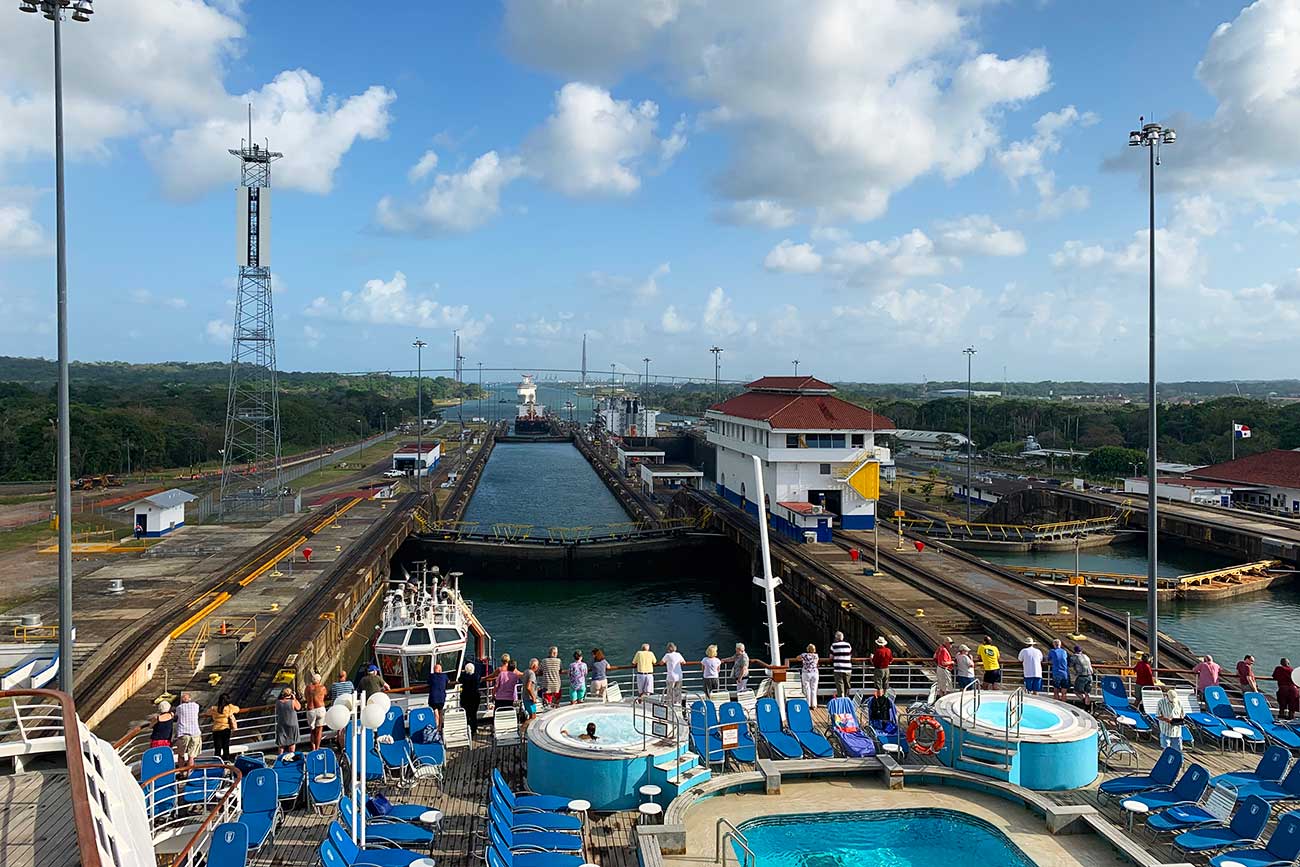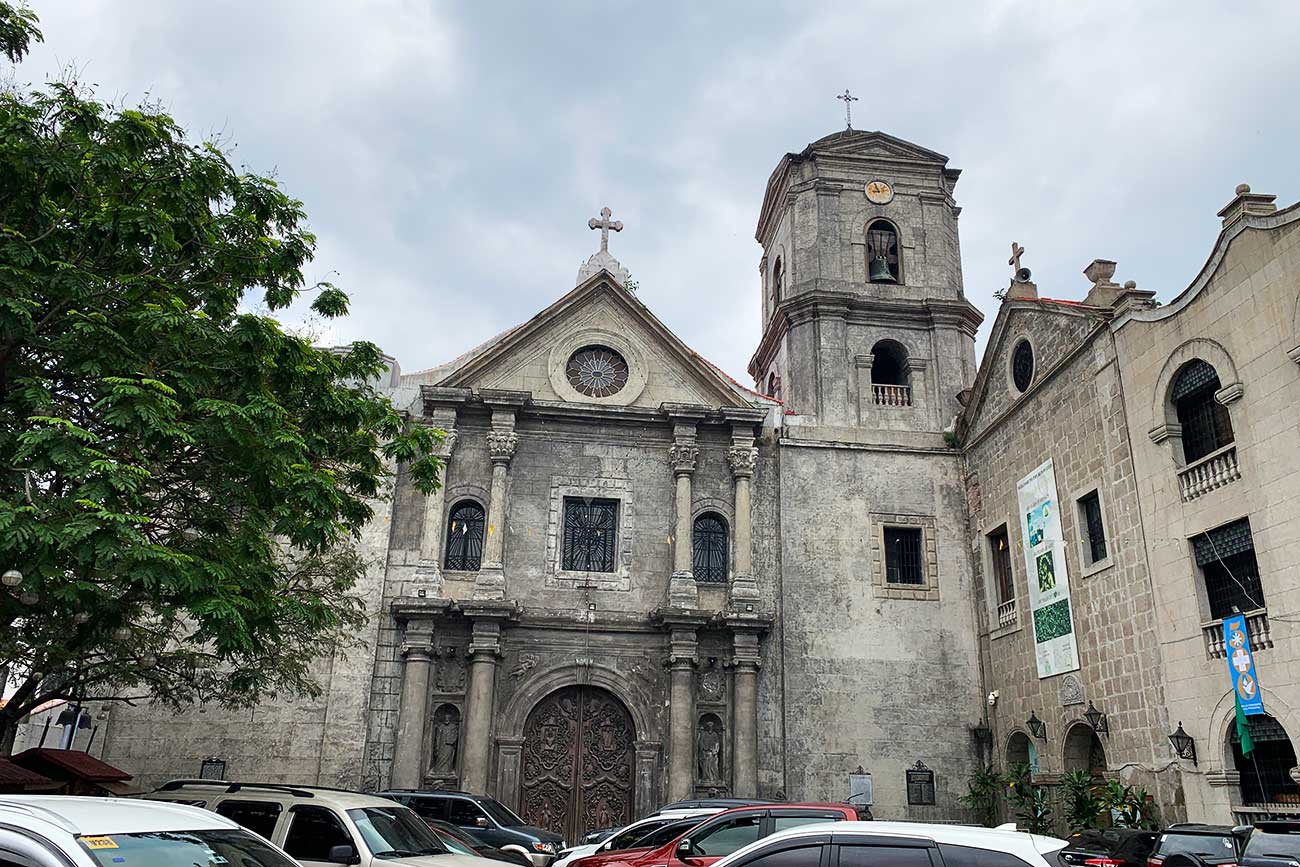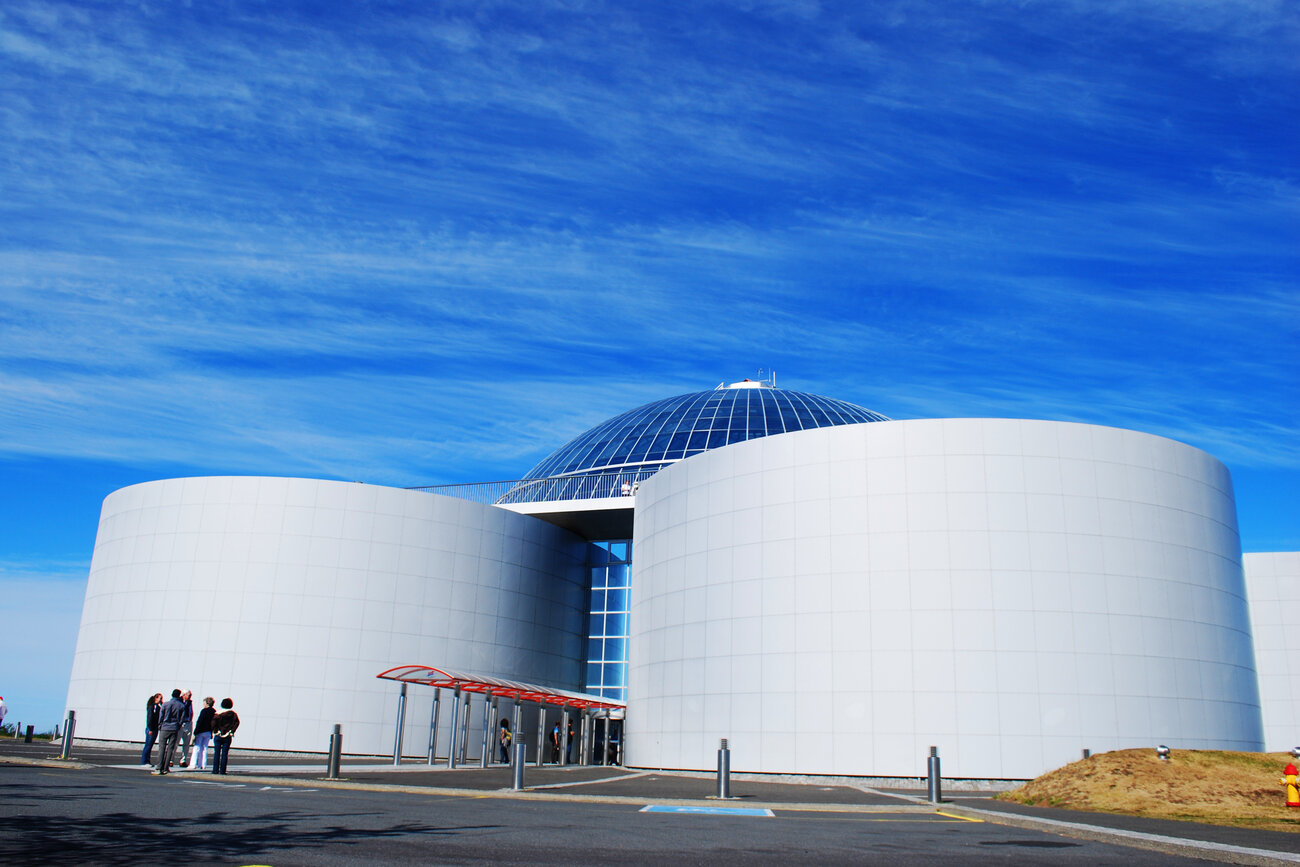It’s not the first time I’ve transited the Panama Canal. I still remember that exciting moment, though, when I first sighted this historic structure. I say “structure” because this has to be one of the most amazing engineering feats of mankind! It cuts through a whole landmass, connecting the Caribbean and the Pacific, allowing ships to cross from the Atlantic Ocean! It’s literally like a maritime overpass because it isn’t sea level. Ships have to climb gigantic “steps” to enter it.

Started in the early 1880s, improvements on the canal were still ongoing until the early part of 2016. From its original goal of creating a “shortcut” against the perilous Cape Horn journey, the Panama Canal is now a major maritime route and was instrumental in the flourishing of global trade. Some historians even say that the Panama Canal was instrumental in making the US a global superpower!
Even during this second Panama Canal crossing, I can still feel the excitement. I was just like any other tourist, eyeing our approach with anticipation. Unlike other crossings, one does not just sail silently through the waterway. There is an “entry” and “exit” mechanism that is nothing short of wonderful.

By 7 AM, the ship was already at the Gatun Lock, the first step in crossing the Panama Canal. This is one of the three “locks” that allow ships to enter the raised canal. Think of them as elevators of sorts. Basically, the ships enter an enclosure, which is then “locked” and flooded with water. This raises the ship to the level of the second lock. The ship then enters the second lock, then the third, both of where the process is repeated. Now if that’s not a stroke of genius! Each lock is a thousand feet in length, and 110 feet in width. This allows even huge cargo ships to pass through one at a time.
After passing the Gatun Locks, the ship makes its way through the Gatun Lake, a man-made body of water that makes up a good part of the Canal. Towards the end of the journey, the ship will enter the Pedro Miguel Locks, which means it’s now ready to exit. The Miraflores Lake, a small body of water (still raised at 54 feet above sea level), is the last part of the crossing.

By 4 PM, our ship was already moving out of the Miraflores Lock, the official exit of the Panama Canal. It works in the same way as the Gatun Locks, except in reverse. Water that’s released from the locks brings us back to sea level, and soon we were crossing under the Bridge of the Americas — a sign that we were now in the Pacific Ocean!
As I write this, the ship is now on its way to Puntarenas, Costa Rica. This will be our next stop for the cruise.
The Panama Canal is a statement of the ingenuity and engineering prowess of mankind. It is a never-ending source of satisfaction for both seafarers and tourists alike.











3 comments On The Panama Canal: An Oceanic Overpass
Pingback: From The Bahamas To Panama | The Poor Dad ()
Pingback: A Filipino Restaurant – A Taste of Manila in Costa Rica | The Poor Dad ()
Pingback: The Kiel Canal: A Seafarer’s Dream Passage | The Poor Dad ()